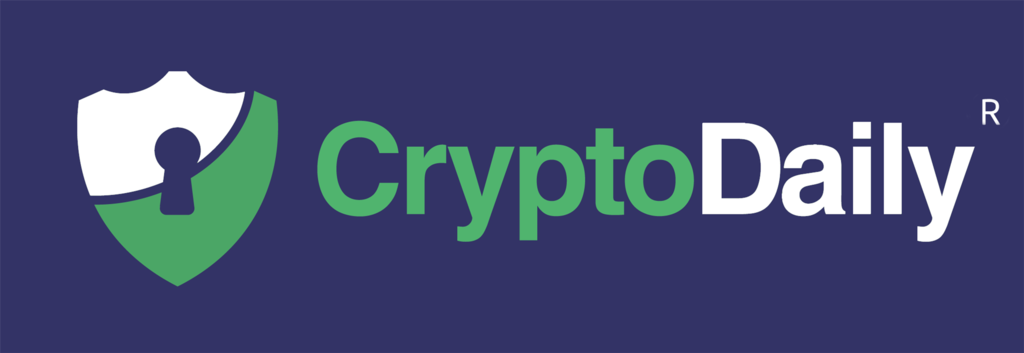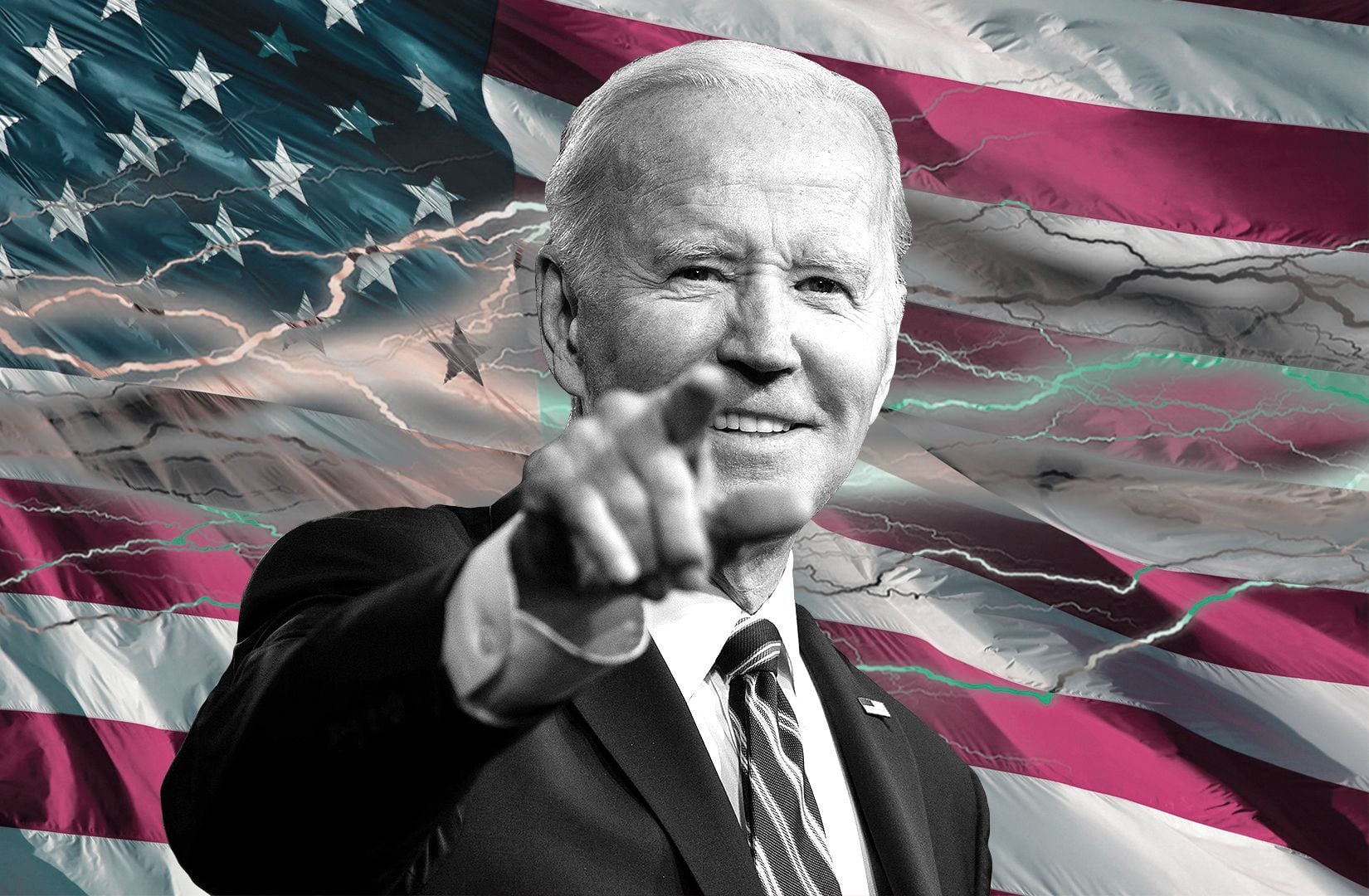TikTok Implements AI Content Tagging to Combat Misinformation
To combat false information on TikTok, a popular video-sharing platform, it will apply tags automatically to AI-created content submitted from other platforms. In an announcement on Good Morning America, TikTok said it intended to automatically label AI-generated content from other platforms. This step is part of the platform’s strategies to encourage transparency and integrity among its users.
TikTok’s Commitment to User Safety
TikTok states that it is the first video-sharing platform to become a member of the Coalition for material Provenance and Authenticity (C2PA). This is aimed at allowing users to identify content created by artificial intelligence through the “Content Credential” technology, which is a process of introduction of metadata that shows that a specific piece of content was created using artificial intelligence.
In a conversation with ABC News, the Head of Operations & Trust and Safety at TikTok, Adam Presser, said, “Our users and our creators are so excited about AI and what it can do for their creativity and their ability to connect with audiences,” and further adding “at the same time, we want to make sure that people have that ability to understand what fact is and what is fiction.”
According to TikTok, more than 37 million TikTok content creators have used the labeling tool to do special effects since September.
Industry-Wide Recognition and Collaboration
The announcement made by TikTok corresponds to the measures taken by other tech titans. This development was made right after Meta’s Oversight Board advised the company to reconsider its policy towards handling such material. In addition, YouTube, according to The Guardian, has recently introduced some rules allowing record labels to request the removal of videos featuring the voices of artists that have been created by artificial intelligence, which other companies follow in the detection and flagging of AI content before the US elections in order to prevent fake news.
Recently, OpenAI, the Microsoft-supported artificial intelligence company behind popular image generators Dall-E and ChatGPT, also joined the initiative and unveiled a tool designed to identify if digital images are a result of AI. Additionally, TikTok’s move to seek to provide assurances on AI coincides with a legal ultimatum for the company to either drop its Chinese owner or be banned from the United States.
According to Presser, “By partnering with peers to label content across platforms, we’re making it easy for creators to responsibly explore AI-generated content, while continuing to deter the harmful or misleading AIGC that is prohibited on TikTok.”
Besides AI labeling, TikTok intends to incorporate media literacy information. They have been created in association with MediaWise and Witness. The goal of theirs is to release twelve videos this year. These videos will feature foundational media literacy skills.
Besides this, it will also illustrate how the AIGC labels on TikTok can help give more context to the content. The main driver of this initiative is the rapid adoption of AI in various industries. With the rise of AI abilities in producing content that is more authentic, the danger of deepfakes arising from AI also grows.






